Table of content
In the vast culinary landscape of China, where flavors and ingredients intertwine to create dishes that are both intricate and delightful, one particular type of meat preparation stands out for its unique taste and historical significance. Known as “Saozi Meat” (or “Sàozǐ Ròu” in Mandarin), this culinary delight has captivated the palates of many, yet its origins and precise composition remain a subject of curiosity for both locals and foreigners alike. This article aims to unravel the mystery surrounding Saozi Meat, exploring what kind of meat it is, its historical background, regional variations, preparation methods, and its role in Chinese cuisine.
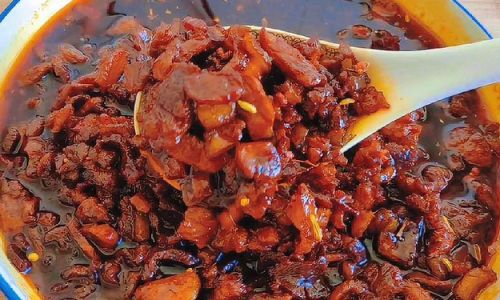
The Enigma of Saozi Meat: A Historical Perspective
To understand Saozi Meat, we must first delve into its historical context. The term “Saozi” is believed to have originated from the Shaanxi province in northwest China, where it is closely associated with the local cuisine. Shaanxi, known for its rich historical and cultural heritage, is also renowned for its culinary traditions, including the famous Roujiamo (a type of meat sandwich) and various noodle dishes. Saozi Meat, often served as a topping or filling in these dishes, has become an integral part of Shaanxi’s culinary identity.
The exact origin of Saozi Meat is somewhat shrouded in mystery, but it is widely believed to have originated during the ancient dynasties that once ruled China, particularly the Tang and Song dynasties. During these periods, Shaanxi was a political and cultural hub, attracting scholars, merchants, and travelers from across the country. It is plausible that Saozi Meat, with its blend of spices and flavors, was developed to cater to the refined tastes of these elite individuals.
Over time, Saozi Meat evolved, incorporating various ingredients and cooking techniques to suit the changing tastes and preferences of different regions. Today, it is not only found in Shaanxi but has also spread to neighboring provinces and even beyond, becoming a popular ingredient in various Chinese dishes.
What Kind of Meat Is Saozi Meat?
At its core, Saozi Meat is a seasoned, cooked meat preparation that can be made from various types of meat. Traditionally, pork is the most common choice, but beef, chicken, and even mutton can be used depending on regional preferences and availability. The key to Saozi Meat lies in its seasoning and cooking process, which gives it a unique flavor and texture.
Pork-Based Saozi Meat
Pork is the quintessential meat used in Saozi Meat preparations, particularly in Shaanxi and neighboring regions. The choice of pork often varies, with some recipes preferring fatty cuts like pork belly or shoulder for added flavor and moisture, while others opt for leaner cuts like pork loin or tenderloin for a lighter taste.
The pork is first cubed or shredded into bite-sized pieces, then marinated in a blend of spices that typically includes soy sauce, vinegar, garlic, ginger, chili peppers, and Sichuan peppercorns. This marinade not only flavors the meat but also tenderizes it, ensuring that it cooks to perfection.
After marinating, the pork is cooked slowly over low heat, either in a stew or braised until it becomes tender and flavorful. The cooking process is crucial, as it allows the spices to penetrate the meat, creating a rich, aromatic dish that is both savory and slightly tangy.
Beef and Chicken Saozi Meat
While pork is the traditional choice, beef and chicken are also popular alternatives, especially in regions where pork consumption is restricted or less preferred. Beef Saozi Meat is often prepared using similar seasoning and cooking techniques as pork, but the resulting dish tends to be more robust and beefy in flavor.
Chicken Saozi Meat, on the other hand, offers a lighter and more delicate taste. The chicken is usually shredded or cubed and marinated with a blend of spices that may include soy sauce, garlic, ginger, and a touch of sesame oil. After marinating, the chicken is cooked until tender, either by stewing or stir-frying, resulting in a moist and flavorful dish.

Mutton Saozi Meat
Less common but equally delicious, mutton Saozi Meat is a specialty in some regions, particularly those with a strong sheep-farming tradition. The mutton is prepared similarly to pork and beef, with a focus on tenderizing the meat and infusing it with aromatic spices. The resulting dish is rich, hearty, and perfect for colder climates.
Regional Variations and Cooking Techniques
As with any traditional Chinese dish, Saozi Meat has undergone numerous variations and adaptations over time, reflecting the diverse culinary traditions and preferences of different regions.
Shaanxi-Style Saozi Meat
In Shaanxi, the birthplace of Saozi Meat, the dish is characterized by its rich, savory flavor and slightly tangy taste. The pork is often braised with a blend of soy sauce, vinegar, garlic, ginger, and chili peppers, resulting in a tender and flavorful dish that pairs perfectly with noodles or Roujiamo sandwiches.
Sichuan-Style Saozi Meat
In Sichuan, known for its fiery and numbing cuisine, Saozi Meat takes on a spicy twist. The meat is seasoned with Sichuan peppercorns, chili flakes, and a generous amount of chili oil, creating a dish that is both fiery and aromatic. Sichuan-style Saozi Meat is often served with rice or noodles, making it a perfect meal for those who love spicy food.
Hunan-Style Saozi Meat
Hunan cuisine is known for its bold flavors and use of chili peppers. In Hunan-style Saozi Meat, the pork is marinated with a blend of soy sauce, garlic, ginger, and chili peppers, then stir-fried until tender and slightly crispy. The dish is often garnished with chopped green onions and chili flakes, adding a burst of color and flavor.
Cantonese-Style Saozi Meat
In Cantonese cuisine, where flavors tend to be more subtle and refined, Saozi Meat is prepared with a lighter touch. The pork is marinated with soy sauce, garlic, ginger, and a touch of rice wine, then steamed or braised until tender. The resulting dish is moist, flavorful, and perfect for serving with rice or dim sum.
Preparation Methods and Cooking Tips
Preparing Saozi Meat at home can be a rewarding experience, allowing you to customize the dish to your liking. Here are some tips and techniques for making delicious Saozi Meat:
-
Choosing the Right Meat: Select high-quality meat with a good fat-to-lean ratio for the best flavor and texture. Pork belly, shoulder, or loin are excellent choices.
-
Marinating the Meat: Marinate the meat for at least an hour, preferably overnight, to allow the spices to penetrate and tenderize the meat.

-
Cooking Techniques: Depending on your preference, you can stew, braise, or stir-fry the meat. Slow cooking methods like braising or stewing are ideal for tenderizing the meat and allowing the spices to meld together.
-
Adjusting the Seasoning: Taste the marinade and cooking liquid periodically, adjusting the seasoning as needed. Remember, Saozi Meat should be savory, slightly tangy, and aromatic.
-
Serving Suggestions: Saozi Meat pairs well with noodles, rice, or Roujiamo sandwiches. Garnish with chopped green onions, sesame seeds, or chili flakes for added flavor and texture.
Saozi Meat in Modern Chinese Cuisine
Today, Saozi Meat has become an integral part of modern Chinese cuisine, appearing in various dishes and restaurants across the country. From street food stalls to high-end restaurants, Saozi Meat is celebrated for its unique flavor and versatility.
In addition to its traditional uses, Saozi Meat has also been incorporated into modern fusion dishes, combining elements of Chinese and Western cuisine. For example, Saozi Meat can be used as a filling for dumplings, tacos, or even pizza, creating a delightful blend of flavors and textures.
Moreover, with the rise of food delivery apps and online cooking platforms, Saozi Meat has become more accessible to home cooks and food enthusiasts. Recipes for Saozi Meat are widely available online, allowing anyone to try their hand at making this delicious dish at home.
Conclusion
Saozi Meat, with its rich history, diverse regional variations, and unique flavor profile, is a culinary gem that deserves to be celebrated. Whether you prefer the traditional Shaanxi-style or the fiery Sichuan-style, Saozi Meat offers a delightful taste experience that is both satisfying and memorable.
As we continue to explore and appreciate the diverse culinary traditions of China, let us not forget the humble yet delicious Saozi Meat, a dish that has stood the test of time and continues to captivate the palates of people around the world. So, the next time you find yourself in a Chinese restaurant or cooking in your kitchen, consider giving Saozi Meat a try—you might just discover a new favorite dish.
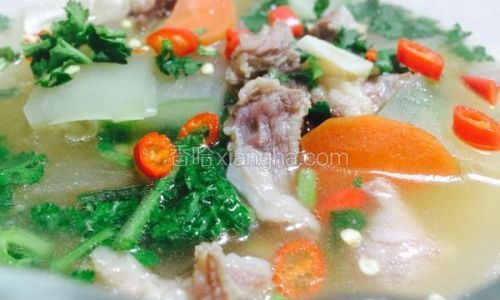
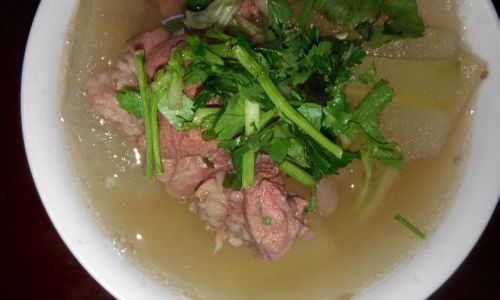
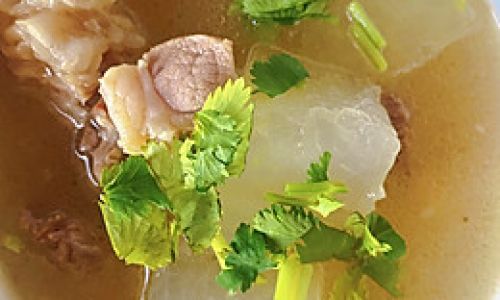

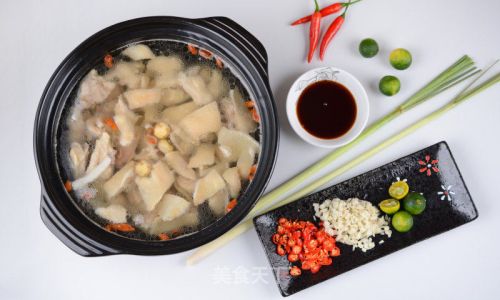
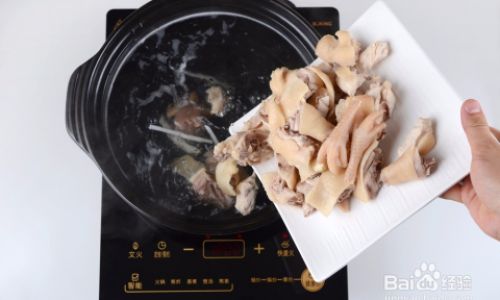
0 comments